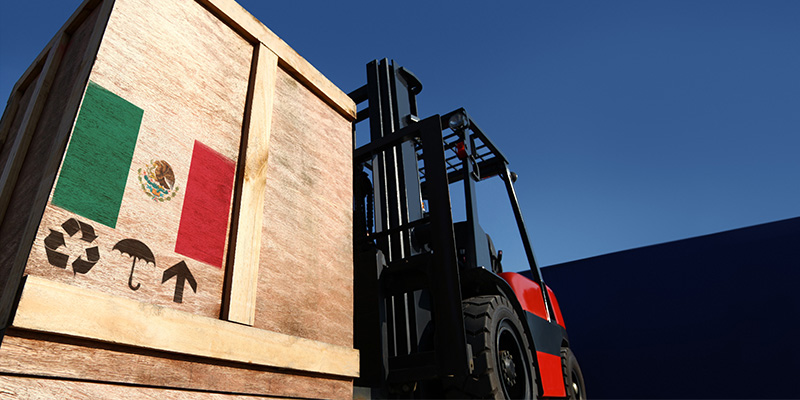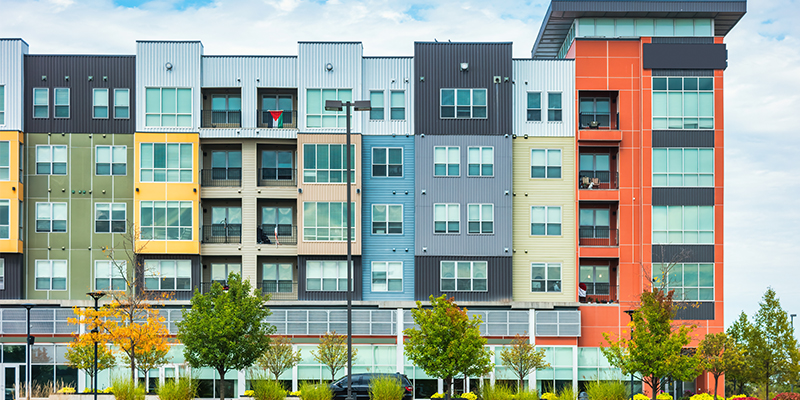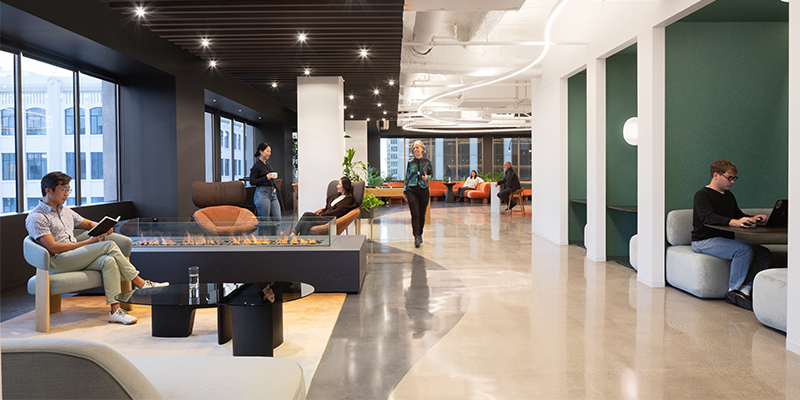NAIOP Research Foundation Governors, Visionaries and Distinguished Fellows met this spring in Minneapolis to discuss nearshoring/reshoring and possible research topics for future exploration. A panel discussion moderated by Garry Weiss, vice president and national director of business development and strategic initiatives, ARCO/Murray, examined how a rapid expansion in manufacturing capacity is affecting industrial real estate markets in the U.S. and Mexico.
Lisa DeNight, managing director, national industrial research, Newmark, shared findings from Forging the Future: Manufacturing Growth and Its Effects on North American Industrial Markets, a report she coauthored for the Foundation, on the scope and scale of recent manufacturing announcements in the U.S. Newmark has identified around 300 individual facility announcements that each exceed $100 million in construction value. Cumulatively, these projects represent over $400 billion in direct investment, will create 250 million square feet of manufacturing space, and will directly employ 210,000 workers once completed. Most of these projects are in secondary and tertiary markets, where they are expected to generate additional demand for logistics, multifamily and retail real estate.
Salomón Noble, CEO and director general, Intermex, observed that two major factors were contributing to a shift in goods production from China to Mexico. Rising tariffs are imposing higher costs on supply chains that originate in China and recent supply chain disruptions caused by China’s zero-COVID policies increased the perceived risks of relying on Chinese manufacturers. Now, a secular trend in derisking supply chains is leading to a rapid expansion of Mexico’s manufacturing capacity as companies seek to take advantage of the country’s proximity to the U.S. and the low tariffs afforded by the United States-Mexico-Canada Agreement.
The panelists observed that broader concerns about the risks that climate change, international disputes and armed conflict pose to supply chains are also encouraging supply chain managers to relocate manufacturing to North America. They agreed that U.S. government infrastructure spending and subsidies for electric vehicles, clean energy and semiconductors are also fueling much of the development taking place on both sides of the U.S.-Mexico border.
Daniel Quezada, senior associate, development, Affinius Capital, provided insight into manufacturing development trends in Mexico, noting that projects recently consisted of an even mix of build-to-suit and speculative development. Most speculative manufacturing buildings are around 50,000 square feet in size with a 32-foot clear height. Occupiers typically aim to open a new factory within 12 months and find it difficult to locate sites that will meet their water and power needs in that time frame unless they are within an established industrial park.
Looking ahead, the group proposed topics for potential future research, including how the electrical grid will meet the power needs of data centers, manufacturing facilities and electric vehicles; best practices for commercial real estate development in Mexico; best practices for development in booming secondary and tertiary markets; retrofitting older data centers to meet current market needs; and the implications of drone delivery for last-mile distribution space.








